Section 3
Measuring Public Opinion
By Boundless
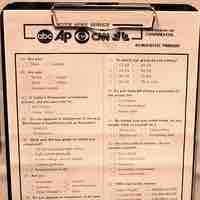
An opinion poll is a survey of public opinion from a particular sample, and is designed to represent the opinions of a population.
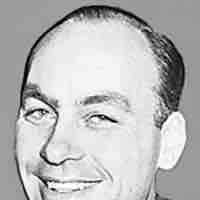
The first known example of an opinion poll was an 1824 local straw poll by The Harrisburg Pennsylvanian for the Jackson Adams race.

Gallup Inc. was founded in 1958, when George Gallup grouped all of his polling operations into one organization.
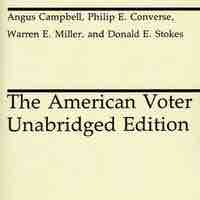
The American National Election Studies (ANES) is the leading academically run national survey of voters in the United States.
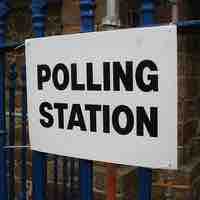
The main types of polls are: opinion, benchmark, bushfire, entrance, exit, deliberative opinion, tracking, and the straw poll.
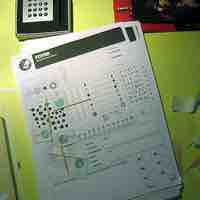
Steps to conduct a poll effectively including identifying a sample, evaluating poll questions, and selecting a question and response mode.

A very important tool in data analysis is the margin of error because it indicates how closely the results of the survey reflect reality.
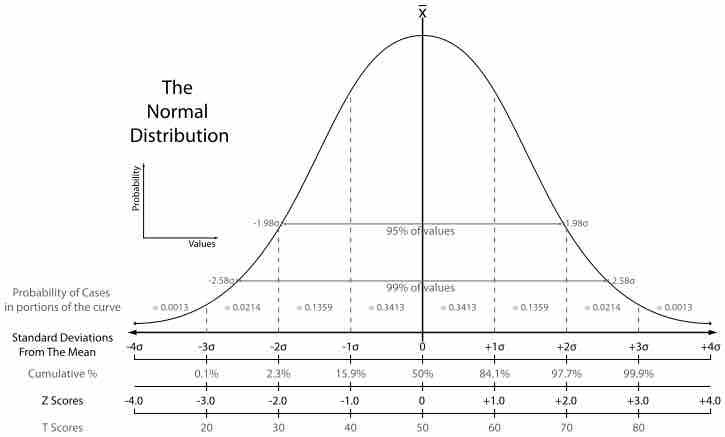
Sampling is concerned with choosing a subset of individuals from a statistical population to estimate characteristics of a whole population.
Polling organization will lose credibility if they publish inaccurate results.
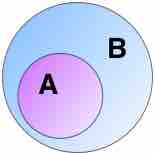
Problems with polls typically stem either from issues with the methodology that bias the sample or the responses that cause the bias.
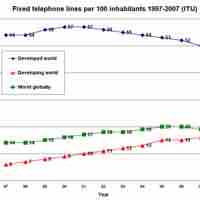
Internet and telephone polls are very useful as they are much cheaper than most other polls and are able to reach a wide population.